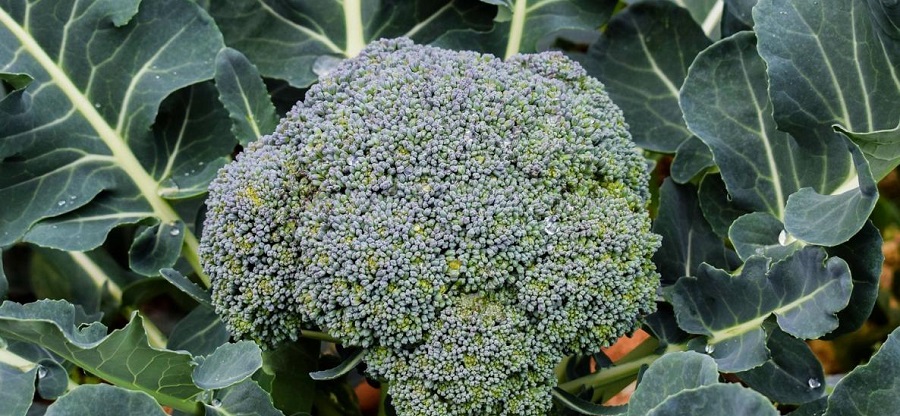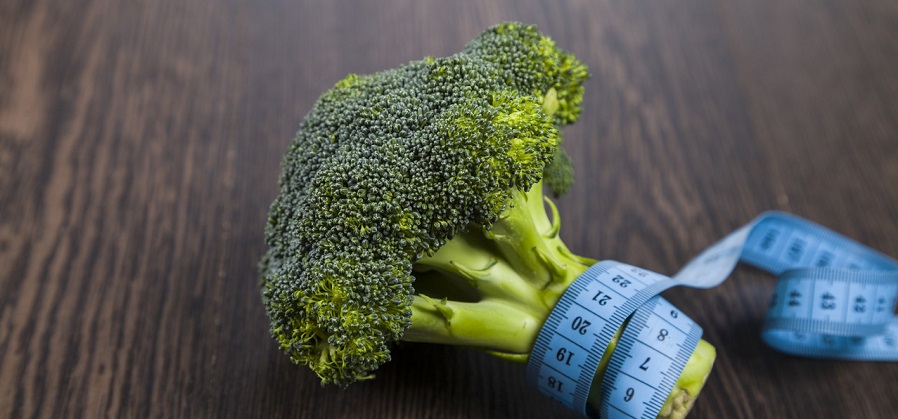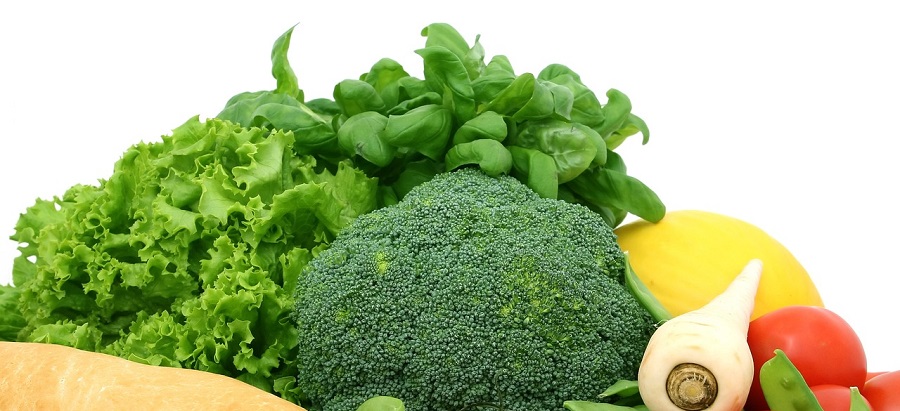What are some tips for preparing the soil for growing broccoli?
Preparing the soil for growing broccoli is an important step to ensure that your plants thrive and produce a bountiful harvest. Here are some tips for preparing the soil for growing broccoli:
Test the soil: Before planting broccoli, it's important to test the soil to determine its pH level and nutrient content. Broccoli prefers a pH level of 6.0-7.0 and requires adequate amounts of nitrogen, phosphorus, and potassium.
Amend the soil: Once you've determined the soil's nutrient content and pH level, you may need to amend the soil to ensure that it's suitable for growing broccoli. Adding organic matter such as compost, aged manure, or leaf mold can improve soil structure and increase nutrient content.
Loosen the soil: Broccoli requires well-draining soil that is loose and crumbly. Use a garden fork or tiller to loosen the soil and break up any clumps.
Remove weeds and debris: Remove any weeds, rocks, or other debris from the soil before planting. Weeds compete with broccoli for nutrients and water, and can stunt the growth of your plants.
Add mulch: After planting, add a layer of mulch to the soil around your broccoli plants. Mulch can help retain moisture in the soil and suppress weeds, while also adding nutrients to the soil as it breaks down over time.
By following these tips for preparing the soil for growing broccoli, you can create a healthy growing environment for your plants and maximize your harvest.
When is the best time of year to plant broccoli in your garden?
The best time to plant broccoli in your garden depends on your location and climate. In general, broccoli is a cool-season crop that prefers moderate temperatures and can tolerate light frosts. Here are some guidelines for when to plant broccoli:
Spring planting: In areas with mild winters and cool springs, broccoli can be planted in early spring. Plant seedlings 2-4 weeks before the last expected frost date in your area.
Fall planting: In areas with hot summers, it's best to plant broccoli in the fall. Plant seedlings in late summer or early fall, so that they mature during cooler weather. In some regions, you may be able to plant a second crop of broccoli in the fall, after the first crop has been harvested.
Year-round planting: In areas with mild climates, you can plant broccoli year-round, as long as you avoid planting during the hottest part of summer. You can also use protective covers, such as row covers or cloths, to extend the growing season and protect your plants from extreme temperatures.
To determine the best time to plant broccoli in your area, check with your local Cooperative Extension Service or garden center for recommendations based on your specific climate and soil conditions.
What are the best companion plants to grow alongside broccoli?
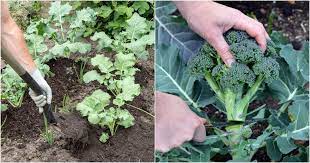
Companion planting is the practice of growing different plants together that benefit each other in some way. When it comes to growing broccoli, there are several companion plants that can help improve soil quality, deter pests, and increase yields. Here are some of the best companion plants to grow alongside broccoli:
Carrots: Carrots are a great companion plant for broccoli because they can help improve soil quality by loosening the soil and adding organic matter. They also release chemicals that repel some common pests of broccoli, such as aphids and root maggots.
Chamomile: Chamomile is a natural insecticide and can help repel pests that attack broccoli, such as cabbage moths and aphids. It can also improve soil quality by increasing the nitrogen content.
Dill: Dill attracts beneficial insects, such as ladybugs and lacewings, which prey on common pests of broccoli. It can also improve soil quality and add essential oils to the soil.
Spinach: Spinach is a good companion plant for broccoli because it can help shade the soil and retain moisture, while also providing nutrients such as calcium and magnesium.
Nasturtiums: Nasturtiums are a good companion plant for broccoli because they can help deter pests such as aphids and whiteflies. They can also improve soil quality by adding organic matter and nutrients.
By planting these companion plants alongside your broccoli, you can create a healthier growing environment for your plants and increase yields while reducing pest damage.
How much water does broccoli need, and how often should it be watered?
Broccoli plants require consistent and adequate watering to grow properly. The amount of water needed will depend on factors such as the climate, soil type, and stage of growth. Here are some general guidelines for watering broccoli:
Soil moisture: Broccoli prefers moist but well-drained soil. Make sure the soil is consistently moist but not waterlogged. Test the soil moisture level by sticking your finger into the soil about an inch deep. If it feels dry, it's time to water.
Watering frequency: During the first few weeks after planting, broccoli should be watered regularly to help establish its roots. Once the plant has established, water it deeply once or twice a week, depending on weather conditions. In hot, dry weather, you may need to water more often.
Amount of water: Broccoli requires about 1-2 inches of water per week. This can come from rainfall or irrigation. If you're not sure how much water your plants are receiving, you can use a rain gauge or a moisture meter to measure the amount of water.
Avoid over-watering: Over-watering can lead to root rot and other problems. Make sure the soil has good drainage and avoid watering the foliage, as this can increase the risk of disease.
By following these watering guidelines, you can help ensure that your broccoli plants grow healthy and produce a good harvest.
What are some natural methods for controlling pests and diseases in broccoli plants?
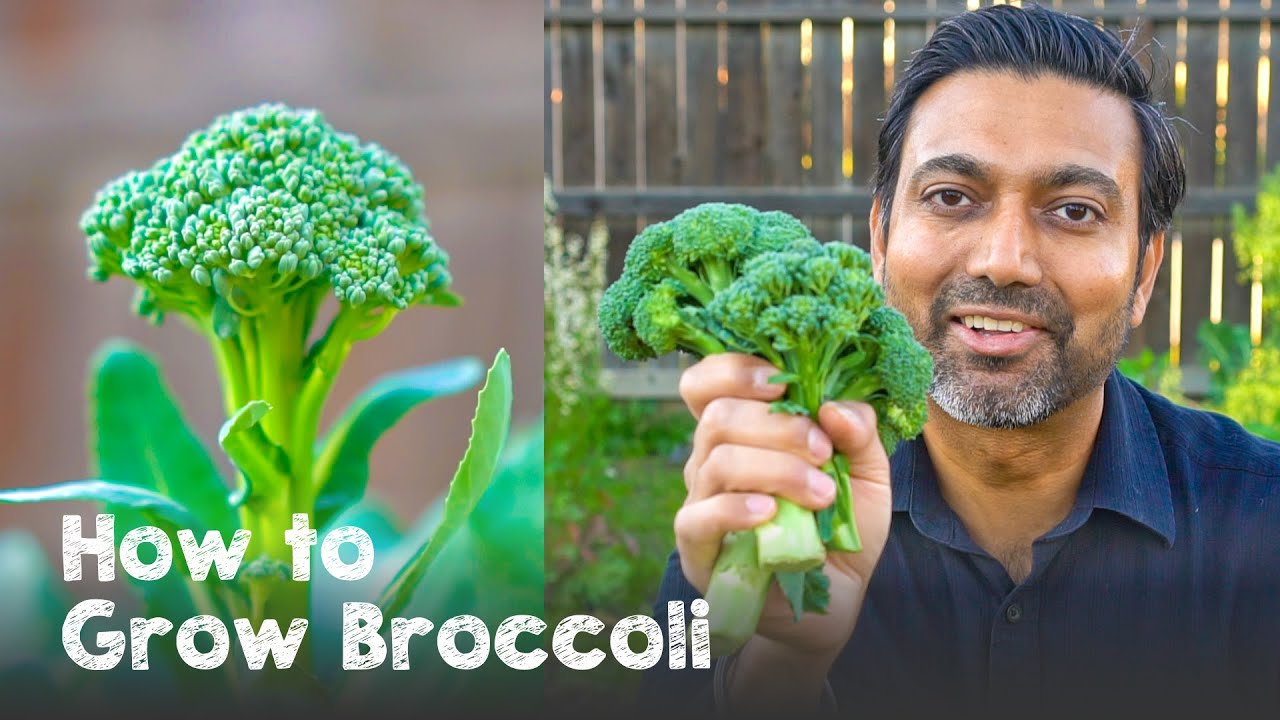
There are several natural methods for controlling pests and diseases in broccoli plants. Here are some of the most effective methods:
Crop rotation: One of the simplest ways to control pests and diseases is to practice crop rotation. Do not plant broccoli or other Brassica vegetables in the same location for at least three years to reduce the risk of soil-borne diseases.
Companion planting: Planting companion plants that repel pests, such as chamomile, dill, and marigolds, can help keep pests away from your broccoli plants.
Handpicking: Pests such as caterpillars and aphids can be removed by hand, which is a simple and effective way to control their populations.
Neem oil: Neem oil is an organic insecticide that can be used to control pests on broccoli plants. It works by disrupting the insect's hormonal system, making it difficult for them to reproduce and feed.
Garlic spray: Garlic is a natural repellent for many insects and can be used to make a simple garlic spray that can be applied to broccoli plants.
Bt (Bacillus thuringiensis): Bt is a natural bacterial insecticide that is effective against caterpillars and other insects that feed on broccoli plants. It can be sprayed on the plants and will only affect the target insects.
Compost tea: Compost tea is a liquid fertilizer that is made by steeping compost in water. It can help to improve soil quality and increase plant resistance to pests and diseases.
By using these natural methods for controlling pests and diseases, you can avoid the use of harmful chemicals and keep your broccoli plants healthy and productive.
How can you tell when broccoli is ready to be harvested?
Knowing when to harvest broccoli is important for getting the best flavor and texture from the vegetable. Here are some signs that broccoli is ready to be harvested:
Head size: The most common indicator that broccoli is ready to be harvested is the size of the head. The head should be firm and compact, with a diameter of 4-7 inches. If the head is loose or starting to flower, it's overripe and should be harvested immediately.
Color: The head of the broccoli should be dark green or purple-green. If the head has turned yellow, it's overripe and past its prime.
Texture: The florets of the broccoli head should be tight and firm. If they feel soft or mushy, the broccoli is overripe and starting to decay.
Timing: The timing of harvest will depend on the variety of broccoli being grown. Check the seed packet or plant label for specific information on the days to maturity for the variety you're growing.
To harvest broccoli, use a sharp knife or garden shears to cut the head off the stem, leaving a few inches of stem attached to the head. If you notice side shoots or smaller heads starting to form, you can continue to harvest them as they mature.
What are some common mistakes to avoid when growing broccoli?
Here are some common mistakes to avoid when growing broccoli:
Overcrowding: Broccoli needs plenty of space to grow properly. Planting too many plants in a small space can lead to stunted growth and disease.
Poor soil preparation: Broccoli needs fertile, well-draining soil to grow properly. Be sure to amend the soil with compost or other organic matter before planting.
Inconsistent watering: Broccoli needs consistent moisture to grow properly. Avoid letting the soil dry out completely or become waterlogged.
Lack of nutrients: Broccoli is a heavy feeder and requires plenty of nutrients to grow properly. Be sure to fertilize regularly with a balanced fertilizer.
Not planting at the right time: Broccoli is a cool-season crop and should be planted in early spring or fall. Planting at the wrong time can lead to poor growth and lower yields.
Poor pest control: Broccoli is susceptible to a variety of pests and diseases. Be sure to monitor the plants regularly and take action if you notice any signs of infestation.
Allowing the plant to go to seed: Once broccoli plants go to seed, the heads become tough and bitter. Be sure to harvest the heads before the plant starts to flower.
By avoiding these common mistakes and providing the proper growing conditions, you can enjoy a bountiful harvest of healthy, delicious broccoli.
How much sunlight does broccoli need, and how can you ensure it gets enough?
Broccoli plants require full sun to grow properly, which means they need at least six hours of direct sunlight per day. To ensure that your broccoli plants get enough sunlight:
Choose a sunny location: When selecting a site for your broccoli plants, choose an area that receives full sun for at least six hours per day.
Monitor the sun exposure: Observe the site for a few days to determine how much sunlight it receives. If there are any areas that receive less than six hours of direct sunlight, consider planting a different crop in that location.
Plant at the right time: Plant your broccoli at the appropriate time for your climate to take advantage of the sunniest part of the year.
Use reflective mulch: Reflective mulch can help increase the amount of sunlight that reaches your broccoli plants by reflecting sunlight back onto the plants.
Prune nearby trees or shrubs: If nearby trees or shrubs are blocking sunlight, prune them to allow more sunlight to reach your broccoli plants.
By ensuring that your broccoli plants get enough sunlight, you can help promote healthy growth and a bountiful harvest.
What are some ways to maximize the yield of broccoli plants in your garden?
Here are some ways to maximize the yield of broccoli plants in your garden:
Plant at the right time: Plant your broccoli at the appropriate time for your climate to take advantage of the best growing conditions.
Provide optimal growing conditions: Broccoli grows best in fertile, well-draining soil with a pH between 6.0 and 7.0. It also requires consistent moisture and full sun.
Choose the right variety: There are many different varieties of broccoli, each with different growth habits and yields. Choose a variety that is well-suited to your growing conditions and desired yield.
Space plants properly: Broccoli plants need plenty of space to grow properly. Be sure to space them at least 18-24 inches apart to allow for proper growth.
Fertilize regularly: Broccoli is a heavy feeder and requires plenty of nutrients to grow properly. Be sure to fertilize regularly with a balanced fertilizer.
Monitor for pests and diseases: Broccoli is susceptible to a variety of pests and diseases. Be sure to monitor the plants regularly and take action if you notice any signs of infestation.
Harvest regularly: Regularly harvesting the central head of the broccoli plant can encourage the growth of side shoots, leading to a higher yield overall.
By following these tips, you can help promote healthy growth and maximize the yield of your broccoli plants.
